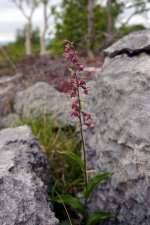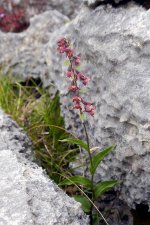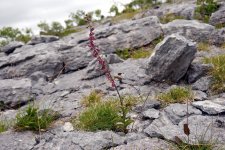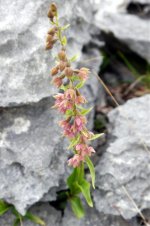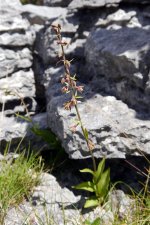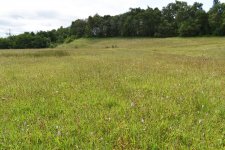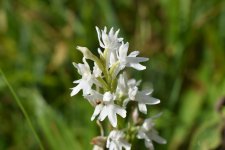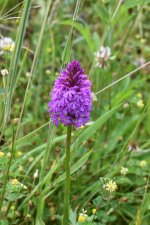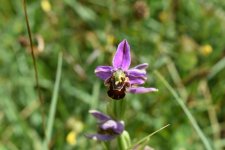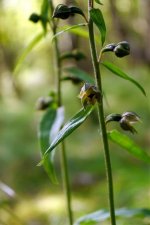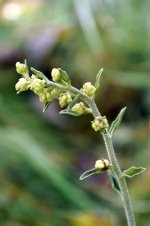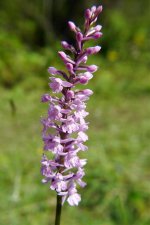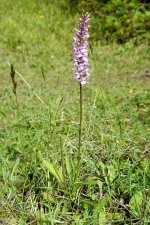muba
Well-known member
Hutton Roof Crags
Finally I have had the opportunity to visit Hutton Roof Crags in Cumbria for the Epipactis atrorubens that grow there. Its a bit of a climb over rough ground, but I have tackled worse on crutches! There are two dangers here. First is the ticks that many have encountered, so we tucked trousers into socks as a bit of protection. Second is the fact that this is limestone pavement country, wiith clints and grykes where you can twist an ankle or worse.
The Dark Red Helleborins are worth it though. Here there and everywhere, perhaps over 2000 plants. And unlike Bishop Middleham where they are fairly unform in colour, these have deepest red plants (atroatrorubens?), lemon petalled plants (var bicolor) and very pale forms (var pallens). I came away feeling well pleased
Finally I have had the opportunity to visit Hutton Roof Crags in Cumbria for the Epipactis atrorubens that grow there. Its a bit of a climb over rough ground, but I have tackled worse on crutches! There are two dangers here. First is the ticks that many have encountered, so we tucked trousers into socks as a bit of protection. Second is the fact that this is limestone pavement country, wiith clints and grykes where you can twist an ankle or worse.
The Dark Red Helleborins are worth it though. Here there and everywhere, perhaps over 2000 plants. And unlike Bishop Middleham where they are fairly unform in colour, these have deepest red plants (atroatrorubens?), lemon petalled plants (var bicolor) and very pale forms (var pallens). I came away feeling well pleased
Attachments
Last edited:




